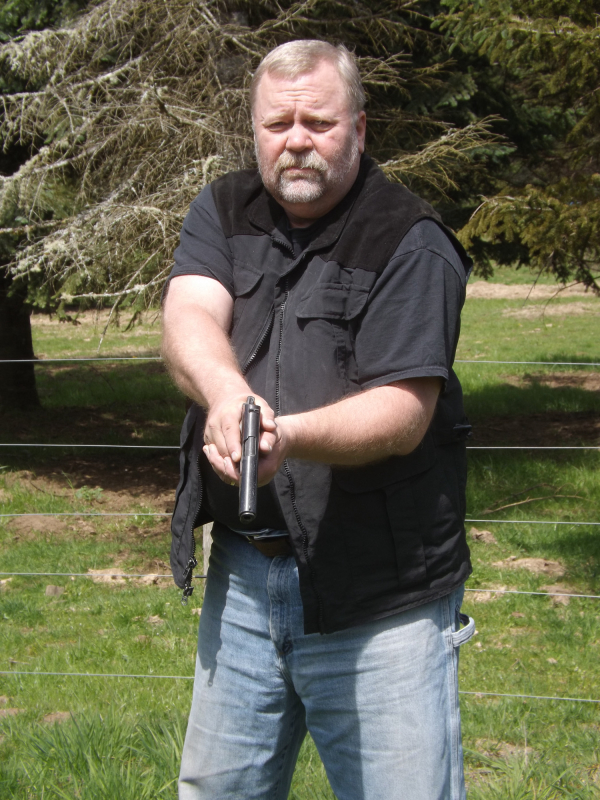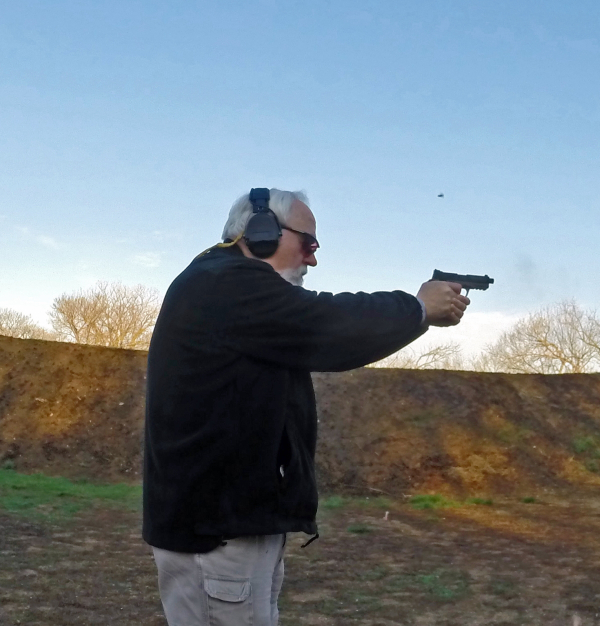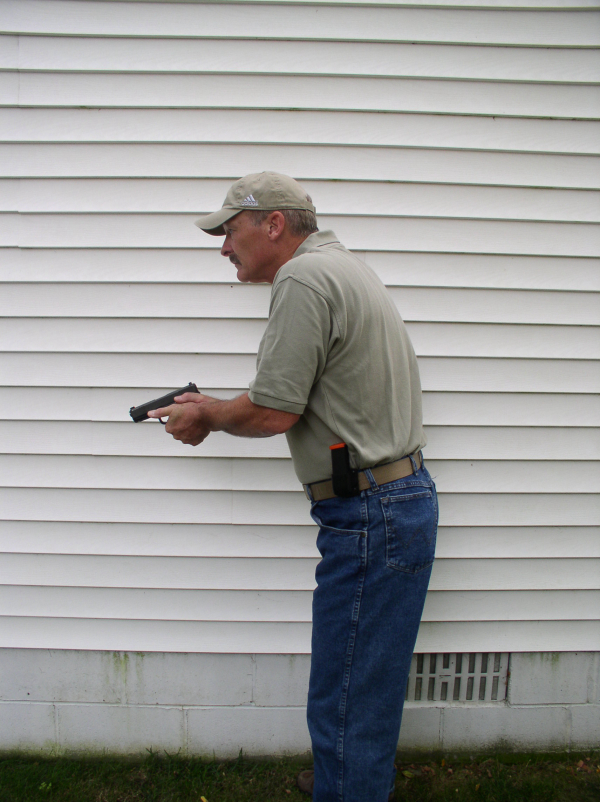In the May 30, 2023 feature in this service, entitled “Editor’s Notebook: Rule 3 No More?” I related my response to an ‘expert’ who opined that that whole “finger off the trigger until sights are on the target” thing was not only not good, but it was a threat to the officer’s safety.
Bless his heart.
His argument was that we needed better selection of recruits (true) and better (and higher) training and retention standards (likewise true). His allegation that Rule 3 causes one to compromise grip enough to promote gun grabs and that an officer may be unable to quickly enough find the trigger to get to shooting.
As far as the gun grab component, they tell you in gun retention school, if your finger’s in the trigger guard when someone’s trying to wrench the piece from your grasp, (1) you’ll get a broken finger and (2) likely lose control of the gun. Now you not only lost your means of defense, you have a broken finger too.

The shooting component? In the words of Ken Hackathorn, the “Yoda” of the defense gun world, “You don’t need anyone to tell you to shoot faster (during the event). You’ll wish you had someone there to tell you to shoot better.”
He’s right.
During previous testing, we have a good idea how long it takes to make a relevant hit from “aimed in, finger on trigger, slack out” as well as from “aimed in, finger at register” and from various “muzzle aversion” ready positions (h/t, Dave Spaulding).
The first segment, “aimed in, finger on trigger with the slack out,” is part of a drill I stole from Larry Vickers, a trigger control drill. Perhaps he stole it from someone else, but I can’t remember what he calls it. I call it the “demand drill.” It’s useful to isolate the actual press of the trigger from anything else to see if you’re convulsively clutching at the weapon with your whole hand … arm, shoulder, waist and everything else.

I often use it with a test gun to get used to the trigger break. But I always time it.
The time falls between .16 - .23 second regardless of the gun I’m using. According to Dave, the blink of the human eye is around a third of a second, so it’s faster than that.
But that’s not a relevant test for this because (1) gunpoint is a huge “no-no,” and (2) you can’t see the target’s movement to activate your mental trigger. Besides, there’s the startle response (the real one) or the risk of someone bumping into you, causing things to get really loud.
The second we horsed around with years ago; it’s gunpoint with the trigger finger in register. An altogether useless technique operationally, it shares the problems inherent with the first test.
National instructor Jeff Hall noted, in a piece for PoliceOne in 2009, in which he noted “I’ve tested instructors from Florida to Alaska and have found that it takes .48 to .52 seconds, either from the ready or on threat and “indexed”, to get a center mass hit on a known target, using an electronic timer.”
That matches information from the late Ron Avery as well as many other trainers. If it takes around .3 second longer to make that hit, do you think the offender will notice?
That’s part of my argument against gunpoint, let alone gunpoint with finger on trigger.

Our own Dave Spaulding, in our service, late last year, noted, “…I made the point that one ready position was not appreciably faster than the next and then I demonstrated by shooting each position at 20 feet into a heart sized target using an electronic timer as the start signal. I could usually deliver an accurate hit in the .5 to .7 second region and, considering it takes between .22 and .27 to hear and react to the beep of the timer, this leaves around .4 to .6 second for a response and shot. Considering the blink of an eye is .32 second, this is a minimal response time and I am quite satisfied with it.”
You need to fill in time for visual acquisition, judgement, others wandering about the area, what’s behind/either side of the perpetrator, where is cover? … I think the time consumed for going from high register to rounds down range is the least of your troubles.
-- Rich Grassi